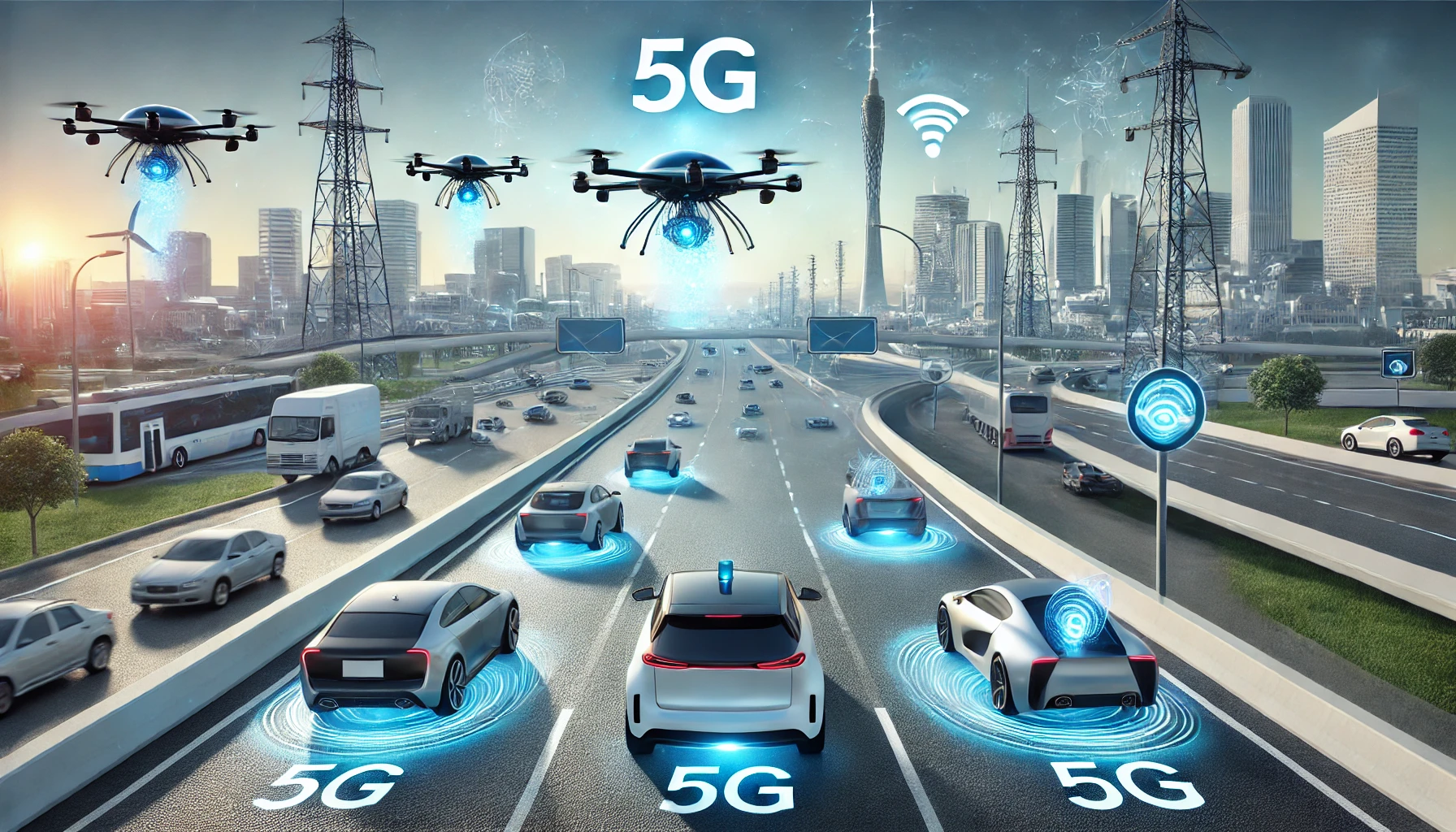The Road Ahead: How 5G Networks Will Transform Autonomous Driving and Next-Gen Transportation

Introduction: Buckle Up for the 5G Revolution
Picture this: You're cruising down the highway in your autonomous vehicle (AV), sipping your coffee while catching up on the latest episode of your favorite show. Your car glides smoothly, effortlessly dodging traffic and ensuring a perfectly timed arrival at your destination. Sounds like science fiction, right? Well, thanks to the magic of 5G networks, this futuristic scenario is closer to reality than you might think. In this article, we're going to dive into how 5G is laying the foundation for the future of transportation, making autonomous driving, smart traffic systems, and even flying vehicles not just possible but safe and reliable.
Why 5G is the Key to Autonomous Vehicles
So, what makes 5G such a game-changer for AVs? The answer lies in its ultra-fast speeds and low latency. Imagine you're in a self-driving car, and a pedestrian suddenly steps out in front of you. For your car to react in time, it needs to communicate with sensors, cameras, and other vehicles around it in milliseconds. Enter 5G. With its ability to transfer data almost instantly, AVs can make split-second decisions that can literally save lives. Current 4G networks just don't cut it when it comes to the speed and reliability needed for safe autonomous driving. With 5G, AVs can send and receive data 100 times faster, drastically reducing the time between perception and action.
Smart Traffic Systems: Redefining the Commute
Now, let's talk about smart traffic systems. You know those annoying red lights that seem to last forever? Well, with 5G-powered smart traffic systems, they might become a thing of the past. These systems rely on real-time data from traffic signals, AVs, and even pedestrians' smartphones to optimize traffic flow. Using 5G, they can dynamically adjust traffic lights, reroute vehicles, and even alert emergency services faster than ever. The goal is not just to make commutes more efficient but also safer, reducing congestion and accidents. This is where the low latency of 5G shines again, allowing for near-instant communication between vehicles and infrastructure. Say goodbye to road rage—at least in theory!
Flying Cars and the Next Frontier
Hold on to your hats because flying cars aren't just for the Jetsons anymore. Companies like Uber Elevate and Volocopter are already testing flying taxis, and guess what makes them possible? Yep, it's 5G. These vehicles need to communicate with air traffic control systems, other flying cars, and even ground-based systems, all in real time. The sheer volume of data being transferred requires a network that can handle it all without breaking a sweat. And while we're not quite there yet, 5G brings us one step closer to making flying cars a part of our daily commute. Who needs wheels when you can have wings?
Challenges on the Road to 5G-Powered Transportation
Of course, no revolution comes without its roadblocks. While 5G is crucial for the future of transportation, there are still significant challenges to overcome. For one, the infrastructure required for 5G is massive. We're talking about installing millions of small cells across cities, highways, and rural areas. Additionally, concerns about cybersecurity loom large. If you're trusting a network to manage life-and-death decisions in real time, that network had better be secure. Lastly, there's the issue of cost. Developing 5G infrastructure isn't cheap, and someone has to foot the bill—whether it's governments, private companies, or us, the consumers.
The Current State of 5G and What’s Next
So, where do we stand with 5G right now? Well, progress is being made, but it’s a mixed bag. Major cities around the world are rolling out 5G networks, but rural areas are still playing catch-up. On the bright side, several automakers are already integrating 5G capabilities into their next-gen AVs. Companies like Tesla and Waymo are leading the charge, but even traditional automakers like Ford and General Motors are jumping on the 5G bandwagon. In terms of smart traffic systems, cities like Las Vegas and Singapore are testing real-time traffic management, powered by—you guessed it—5G.
Conclusion: Are You Ready for the 5G-Powered Future?
As we inch closer to a 5G-powered world, one thing is clear: this technology is set to revolutionize transportation as we know it. From autonomous vehicles to flying cars and smart traffic systems, 5G is the backbone that will make it all possible. But like any big leap forward, there are challenges ahead—whether it's building the infrastructure or ensuring cybersecurity. Still, the road to the future is paved with exciting possibilities. So, what do you think? Are you ready to trust your morning commute to a 5G network, or will you be sticking to the trusty steering wheel for a bit longer?



